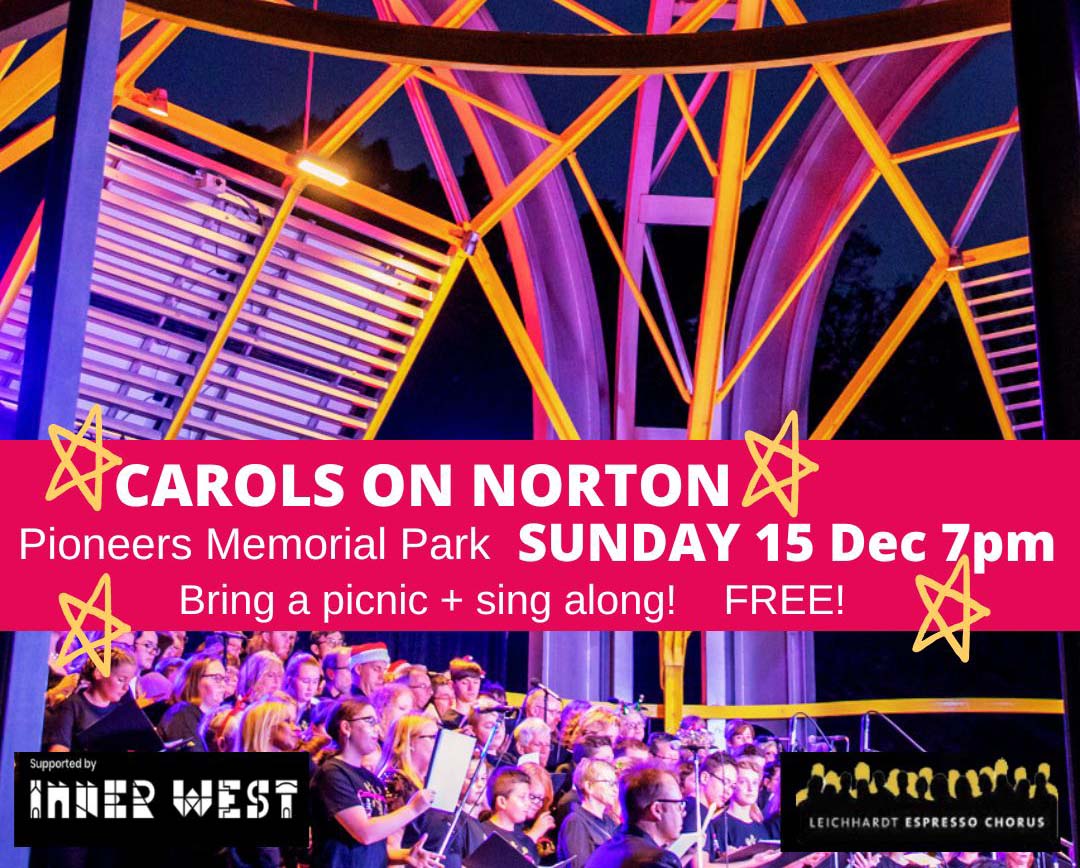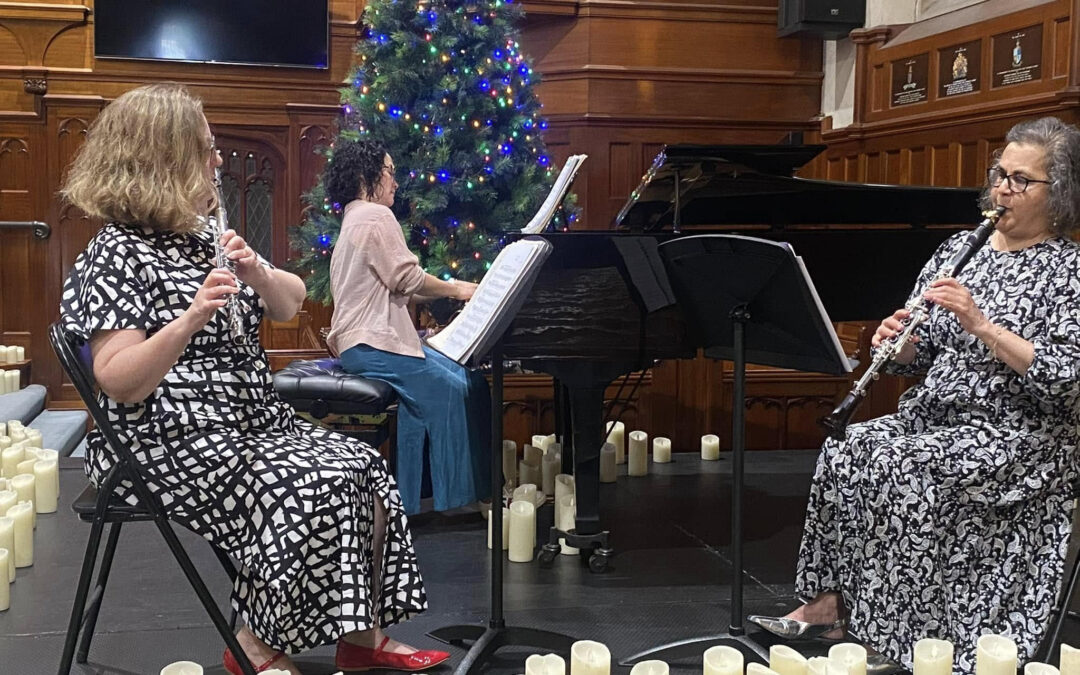Mendelssohn is one of many composers, in my opinion, who wrote a lot of average material and the occasional brilliant piece. His violin concerto and Hebridean overture are two of the latter and so is the music he composed for Shakespeare’s “A Midsummer Night’s Dream” which opened Friday’s concert held by The Metropolitan Orchestra at Riverside Theatres, Parramatta.
A quiet shimmering theme with repeated notes gives way to a louder tutti followed by the intertwining of multiple themes. The whole produces an eerie effect reflecting the bard’s text. I only wish we had heard the equally brilliant Scherzo as well.
It’s more than refreshing to hear a new Australian composition, particularly one asn originally conceived as Keyna Wilkins’ “Solar Triumvirate”, a concerto for three flutes. The three soloists, Svetlana Yaroslavskaya, Vanessa Couper and Jacinta Mikus are all regular members of the Orchestra. Apart from the regular flutes in C each soloist has a piccolo part while Mikus also plays an alto flute in F. The flutes represent three stars of the constellation Cygnus, namely KOI 5 A,B and C, which orbit each other mimicking the Roman Triumvirate ruling style.
The first movement starts with one star’s irregular orbit soon joined by the other two with intricate trills and scales based on the whole tone scale – C,D,E,F sharp, G sharp, A sharp – as championed by Debussy, producing a dreamy effect. In the second movement, the flutes play against a drone background which sounds like an electric didgeridoo but is in fact real electromagnetic cosmic waves filtered by a spectrograph – Jacinta Mikus’ alto flute is prominent here with ethereal accompaniment by the orchestra. In the third movement, the three stars dance as represented by three piccolos and the orchestra ends with a bang (not the “big bang”!)
Keyna Wilkins was born and educated in England and holds a Master of Music Composition at the Sydney Conservatorium, her thesis being “Astronomical Phenomena in Composition”, she is also a champion of human rights. The work was unusual but approachable and demanded a second listening. Clearly the soloists’ parts were taxing, with frequent switching of instruments, and they were enthusiastic and faultless. Catch this work if you can.
After the interval, we were treated to Elgar’s “Enigma Variations”. This work seems to have had a lot of exposure recently but is so brilliantly and sensitively composed that its attraction never wanes. I felt that the conductor Sarah-Grace Williams gave all she had and a bit more, the pianissimo rising gradually to a fortissimo in the famous “Nimrod” variation was particularly impressive. Sarah-Grace was fully supported by a very professional-sounding orchestra. But what was the hidden “Enigma” theme? People have puzzled this for years, if you have any ideas, please let me know.




























